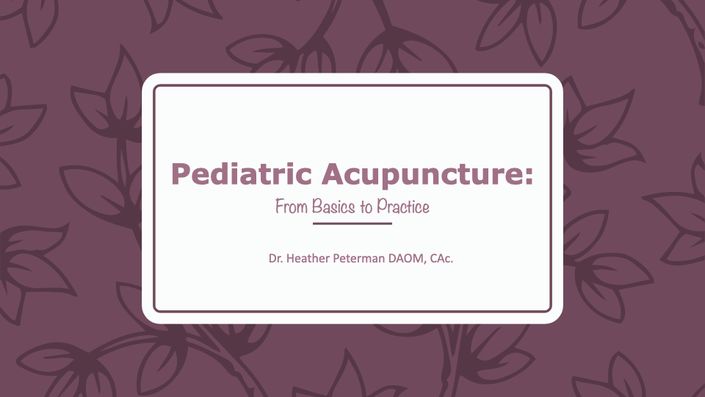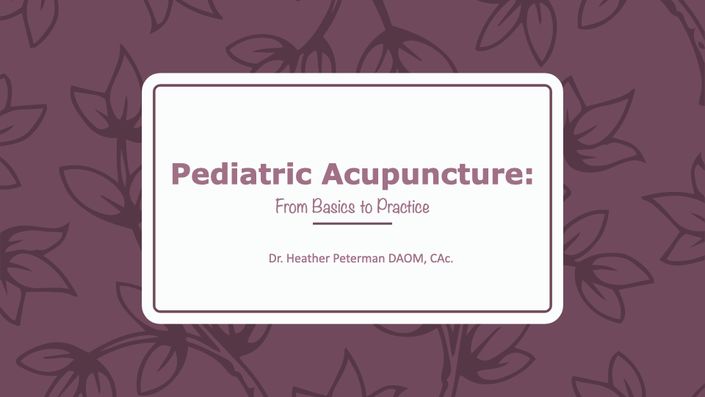Course Description
Date recorded: November 2021
Length: 1 hour
Purchase includes lifetime access to the recording
No refunds
__________________________________________________________________
POTS (Postural Orthostatic Tachycardia Syndrome) & Dysautonomia
POTS is the most common form of dysautonomia, a condition that involves dysregulation of the autonomic nervous system. Patient who suffer from POTS present with seemingly unrelated symptoms that impact multiple systems of the body. Misdiagnosis is common and there currently is no standard western medical intervention available to manage these symptoms. This course streamlines TCM patterns that are a root cause of POTS and provides treatment strategies and protocols to increase quality of life and decrease the severity of symptoms in POTS patients. It also explores the recent increase in POTS diagnoses and the connection with the expression of POTS as a post covid viral sequelae.
Learning Objectives:
- Be able to connect the broad range of symptoms involved in POTS and recognize it if there has not been an official diagnosis.
- Understand the development of TCM pathophysiology that leads to the expression of POTS.
- Connect the patterns that are present in POTS and provide treatment strategies to correct them.
- Understand basic herbal principles and nutrition/supplement strategies to support POTS patients.
Course Curriculum

About the Instructor
Heather Peterman, DAOM has helped launch new acupuncture programs embedded in a hospital based fertility clinic, cancer care clinic and physical medicine and rehabilitation program.
Through her work with the integrated medicine team she has helped advance the field of Traditional Chinese Medicine.
Dr. Peterman is committed to developing new, integrated programs and defining best practices by educating and mentoring providers interested in the same goal. Her DAOM dissertation is entitled “VALIDATING THE ROLE OF TRADITIONAL CHINESE MEDICINE IN PRE-CONCEPTION CARE TO INCREASE PREGNANCY RATES WITH INSULIN RESISTANT POLYCYSTIC OVARIAN SYNDROME PATIENTS”


